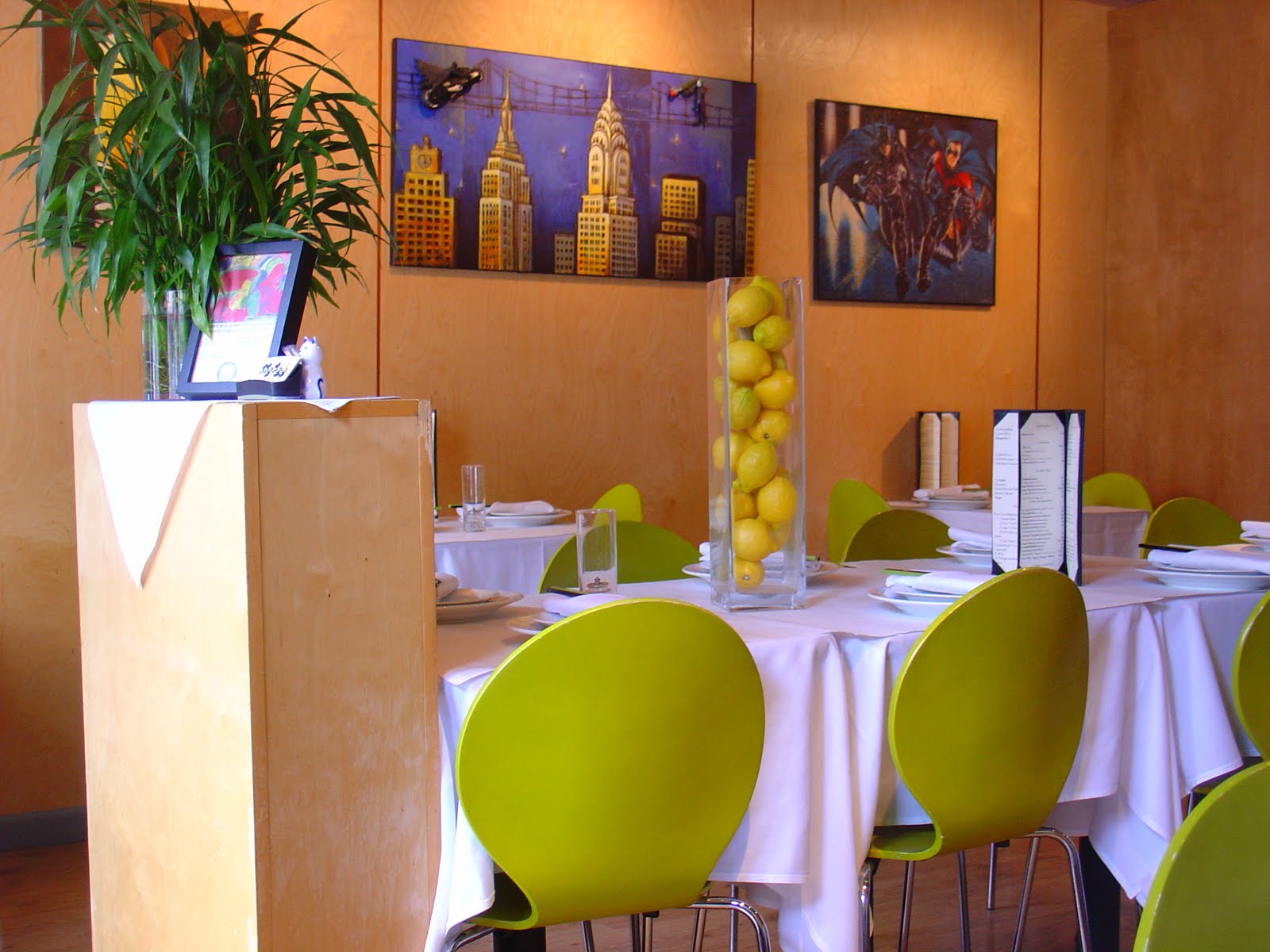For years I've been thinking about trying to make a green vegetarian lasagne and this Easter I finally gave it a go. I wasn't certain whether either the broccoli or zucchini would be flavorful enough on their own, so I used both of them and for even more flavor I added pesto to the mix. This was then layered with béchamel, because a tomato based sauce would certainly overpower the already delicate flavors.
1 box flat lasagna sheets
2 small heads of broccoli
3 medium zucchini
2C chicken broth (or sub vegetable)
2T olive oil
3T butter
4T pesto
salt & pepper to taste
2C freshly grated parmigiano
2C coarsely grated Pesto Gouda
1C ricotta
1 egg
1T minced parsley
3C béchamel sauce
4T butter
4T flour
3C whole milk
grated nutmeg to taste


After putting the raw broccoli into the food processor, I blanched it in the chicken broth so the color would stay bright green. After draining the blanched vegetable I added 2T of thawed pesto that I had made ahead of time and frozen. Both salt and pepper were added to boost the flavor.
Since the zucchini was more delicate in both texture and flavor, it was shredded and sautéed in butter, with a little olive oil to keep it from smoking, while I did a quick sauté. Pesto was again added after draining.
Next came the ricotta mixed with the egg and parsley. In truth, I think skipping this layer would actually improve the dish, so I plan on eliminating it next time I try this lasagne. However, it has inspired the idea to try a ricotta pesto lasagne with a tomato based sauce.
A large pasta pot was being filled with water and brought to a boil. Before the béchamel was started, 4 pasta sheets were added and boiled until tender. If I have noticed anything about Italian cooking in Italy, it is that lasagne is never served al dente like other pasta. The sheets were taken from the pot with tongs, so they could drain and be placed on a cotton dish cloth. When waiting for the pasta to cook, you can grate the cheese.
Next came the béchamel. Butter was added to a pan and melted at a low heat. After adding the flour and whisking the two ingredients together, the heat was raised to medium temperature, while the raw flour was being cooked for a few minutes, just short of turning color. The milk was then slowly whisked into the mixture and the whisking continued until the béchamel thickened to a more than heavy cream stage. Freshly grated nutmeg was added when the heat was turned off and the pot was covered to prevent a skin forming on the sauce.
The lasagna dish was buttered and the first layer of pasta went on the bottom; a layer of vegetable, in this case zucchini, was added next, along with a light layer of the grated pesto cheese.
A layer of béchamel and a light layer of parmigiano were added.
More pasta, was added with a thin layer of the ricotta mixture and some of the shredded pesto gouda.
Layers of pasta and broccoli with the pesto gouda, along with béchamel and parmigiano were alternated with the zucchini and ricotta layers, until the pan was filled. The last layer was merely béchamel and parmigiano.
The completed lasagne was placed into a 325 degree preheated oven for about an hour. The top layer browned nicely and let me know when to take it from the oven, although technically I just turned off the oven and left it inside, since other components of the meal were still in need of some attention.





















No comments:
Post a Comment